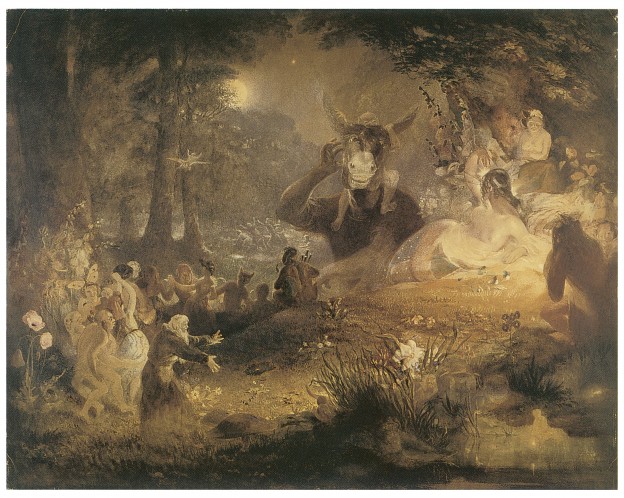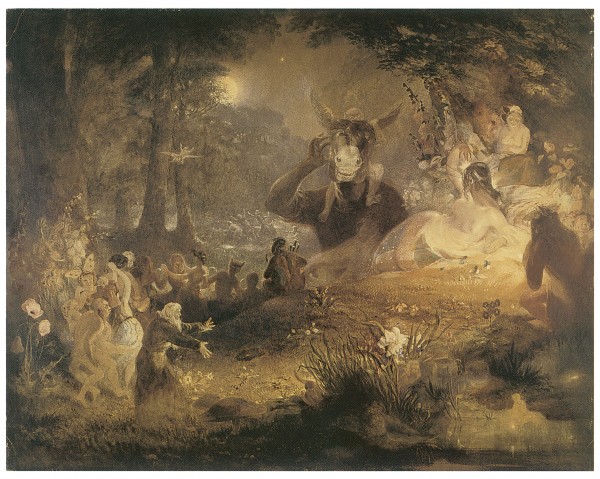Truth be told there are hundreds, if not thousands of different types of fairies. A number of reference works have attempted the thankless task of cataloguing different fairy types, but it is, make no mistake, hopeless. Every region had its own fairy type and even names are misleading. Just because pixy meant one thing in Devon does not mean that pixy meant the same thing in Cornwall. Likewise fairies with different names in different areas sometime sound suspiciously similar: for example, the brownie of Lowland Scotland the dobie of Northern England often appear in tales in the same role and with the same temperament. However, there is a way through all this confusion. Fairyists have long noticed that fairies tend to break down into two categories: trooping and solitary fairies; or as they have also been called social and anti-social fairies. Trooping or social fairies are hive animals, they live in groups and are seen in groups at revels or dancing or even funerals: these are the conventional fairies of the western imagination. If trooping/social fairies are bees or ants solitary or anti-social fairies are dragon flies or stag beatles. They tend to be seen on their own. In this category there are leprechauns, boggarts and silkies.


